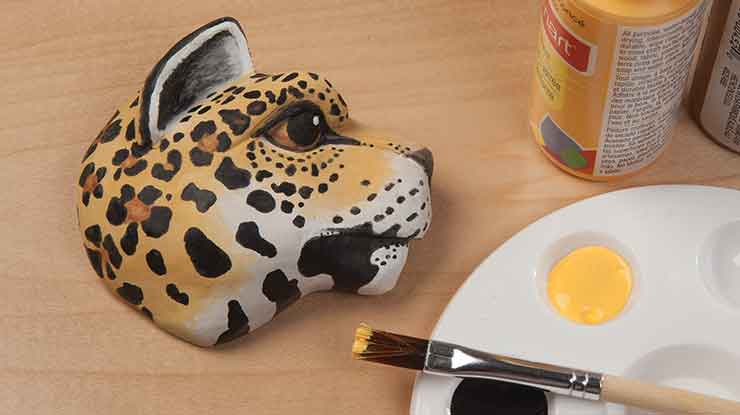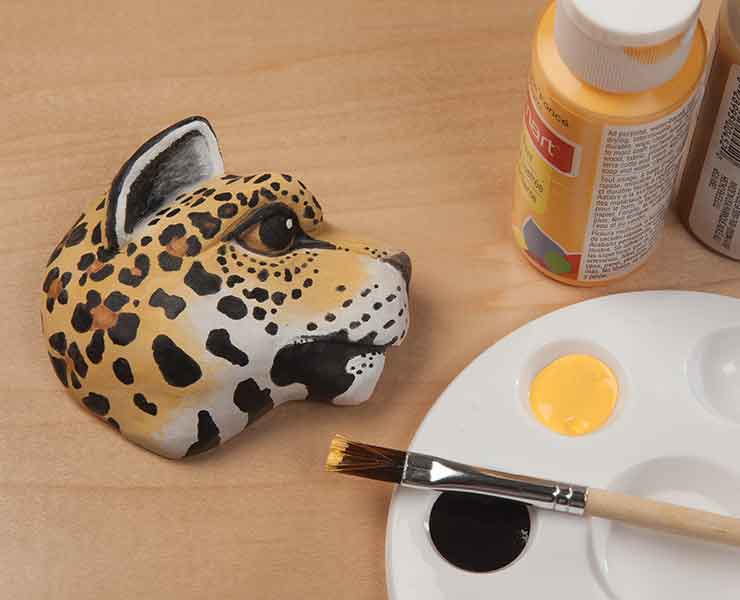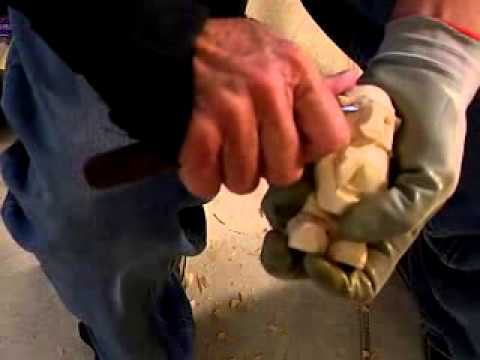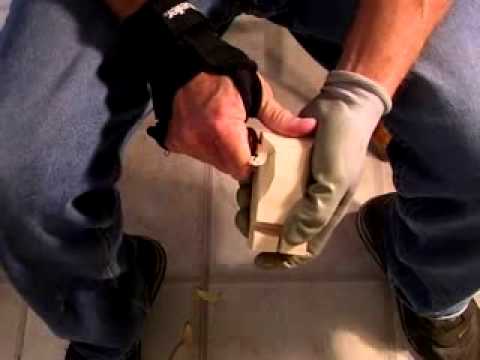Carving a Big Cat
Make a black panther or a jaguar using the same pattern
By Don Self
There’s no specific type of cat called the “black panther.” Instead, the name can refer to any single-color (melanistic) big cat. In Asia and Africa, they are leopards, while those in the Americas are jaguars. I have long been fascinated by the jaguar’s strength and beauty, as well as its place in Aztec culture, so I had a classic jungle cat in mind when I carved and painted my basswood jaguar. However, you can carve the cat from walnut or butternut and use either paint or natural finish to create a black panther. Before you start carving your big cat, make sure your tools are sharp by using a rotary strop to easily sharpen your carving tools.
Use the carving as a pin, neckerchief slide, magnet, or box decoration, or increase the size substantially to make a wall hanging.
Carving Tips
• Orient the grain roughly parallel to the line connecting the corner of the eye and the nose.
This provides strength to the delicate areas.
• Strop the knife just before you begin to carve the nose, eye, and ear. This ensures smooth cuts in these areas, which have difficult grain.
• While it’s possible to carve the entire project with a detail knife, the whisker pits and the outline of the eye highlight (inside the pupil) can be challenging to carve. Use a 1/16″ (2mm) veiner in those areas if needed.
Painting a Black PantherThin dark charcoal gray paint 1:1 with water. Paint the entire carving and let dry. Iris: Mix gold with a touch of nutmeg brown; Nose: Pinkish brown darkening to black Markings: Black; thin slightly with water |
Using a Natural FinishI carved this panther from butternut, applied a walnut stain, and finished it with Danish oil. To make the eye stand out, paint the pupil black and add a white highlight dot. |
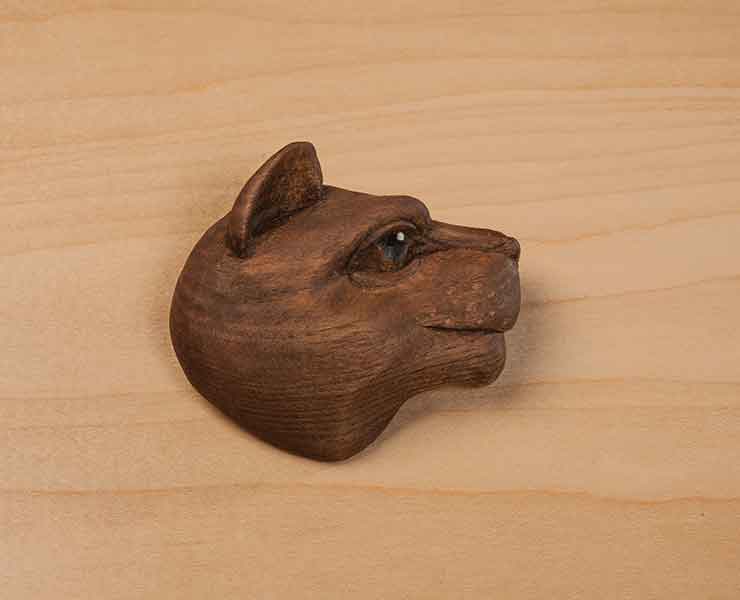 |
|
MATERIALS • Basswood or butternut, 7/8″ (2.2cm) thick: 3″ x 4″ (7.6cm x 10.2cm) • Acrylic paint, such as Plaid Apple Barrel: black, white, khaki, apricot, golden brown, nutmeg brown, pink; black panther only: charcoal gray • Danish oil (optional) • Stain: walnut (optional) |
TOOLS • Detail knife with a 7/8″ (22mm)-long blade, such as a Notto • Veiner: 1/16″ (2mm) such as Dockyard (optional) •Paintbrush: #2 round, such as Loew-Cornell |
| About the Author |
|
Don Self began whittling Boy Scout neckerchief slides in 1987. After retiring from a career in geology, Don returned to his native Alabama, where he joined the Tannehill Wood Carvers Club. He enjoys creating human and animal caricatures, and particularly relishes the challenge of converting an outrageous mental image into a 3-D wooden sculpture. Don typically works in basswood, painting each sculpture with acrylics, but he also enjoys working in butternut, cypress, and water oak, where the figure of the wood takes center stage. |

Get the Latest Issue
For more articles like this, subscribe to Woodcarving Illustrated magazine.
Plus! Get digital mini magazines in your e-mail between printed issues.
